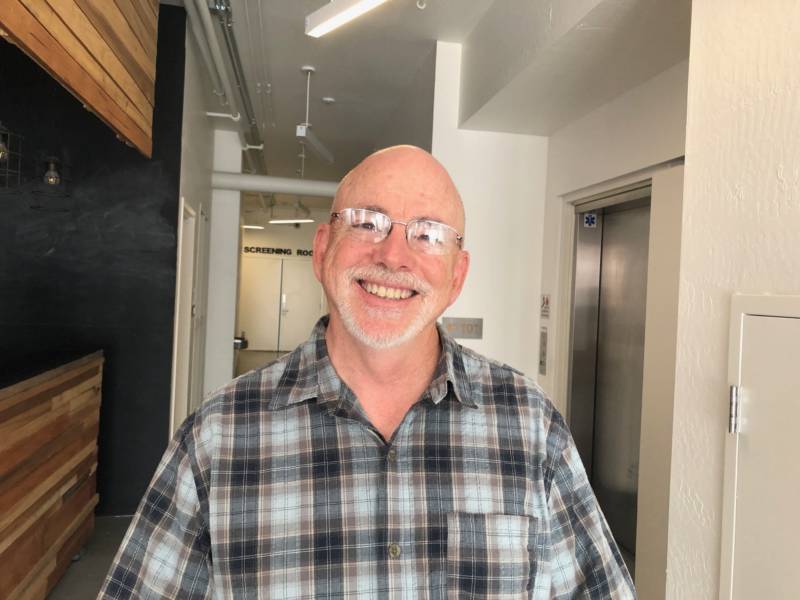Magdalena Valderrama was in the Seattle area visiting family in September 2015 when the Valley Fire broke out near her house in Lake County.
“We’re out in the middle of San Juan Islands,” she says. “There wasn’t anything we could do.”
A week after she returned to California, she found out she’d lost her home.
Valderrama is the co-founder and program director at the Seigler Springs Community Redevelopment Association, a nonprofit aimed at helping people in Lake County and beyond rebuild and protect their homes and neighborhoods. Since she started the group, she’s been part of a community-based struggle to get Lake County back on its feet.
A big aspect of that is bringing her neighbors into the same room for difficult conversations that might just prevent the next big wildfire.
Along with several partners, Valderrama organized a recent movie screening in a Lake County community theater that got people talking.
The eye-opening documentary, “Wilder than Wild,” focuses not only on preventative measures, but on the idea that because there’s no way to completely stop wildfires from occurring, fire-prone communities have to learn to live with them and minimize their effects. Under this category comes things like a good emergency alert system and making sure people have an emergency bag ready should they be ordered to evacuate. According to filmmaker Kevin White, more than 200 communities across the western United States and overseas have organized screenings of the film since it was released in March 2018.
“I believe communities come together and they do the hard work about consensus building and thinking about, ‘alright, what’s it going to take to make our communities safer?’ If they do that work, I think there’s a much higher chance of success,” said White, who is based in San Francisco. “If we’re going to wait on Sacramento or Washington to do that work, it’s not going to end well.”

Since the Valley Fire, Lake County has been hit by multiple wildfires. They include last year’s epic Ranch Fire, part of the Mendocino Complex, the largest wildfire in California history. Valderrama says local residents and organizations have to take the lead in the fire recovery effort.
“There is so much urgency to make sure that we don’t develop complacency, because that’s our enemy,” Valderrama said.
The “Wilder than Wild” event attracted a good turnout, including local government officials, representatives from Native American tribes, firefighters and nonprofit workers, among others. Around 250 people from all over Lake County attended the event.

Valderrama says she decided to screen “Wilder than Wild” because the film features footage the filmmakers captured of the Valley Fire, and because it presents information about how people can learn to live with wildfires, rather than only work toward the unrealistic goal of preventing them entirely.


